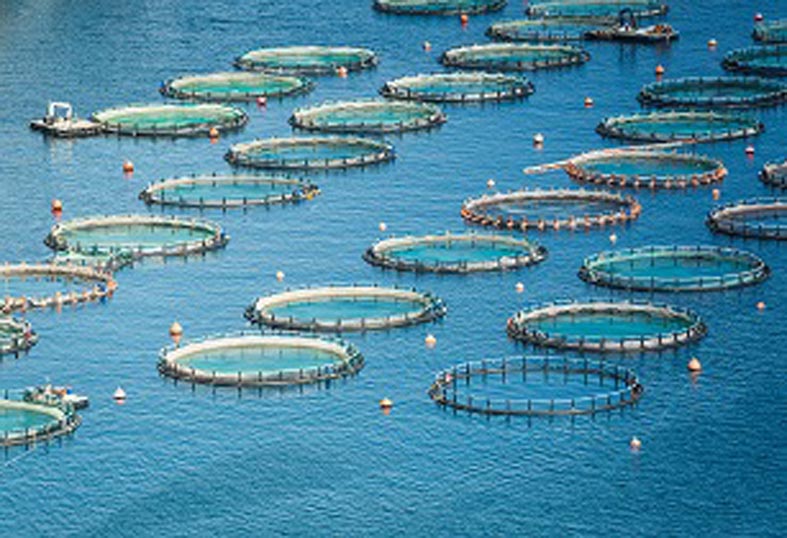
Researchers will analyse how the industry is driving land cover and land use change in aquaculture hotspots. (Image source: Adobe Stock)
Researchers from Michigan State University are to assess aquaculture in Bangladesh, India, Myanmar and Thailand

Researchers will analyse how the industry is driving land cover and land use change in aquaculture hotspots. (Image source: Adobe Stock)
Researchers from Michigan State University are to assess aquaculture in Bangladesh, India, Myanmar and Thailand
In an effort to boost development and increase income of local farmers, the Shandongs Yangxin county authority has constantly been striving to transform beef cattle into a pillar industry by trying to integrate the beef cattle industry and rural vitalisation
A project involving sea urchin cultivation using artificial seawater from a local hot spring will soon be underway in Japans Saitama prefecture, The Japan News reports
2022 seems to have been an impressive year for Vietnam, with exports having reached an all time high value of US$10bn, which appears to nearly be a 34% increase when compared to 2021
On 13 December, during Singapore Minister for Sustainability and the Environment Grace Fu’s official visit to Brunei’s Golden Chick Livestock Farm, the Singapore Food Agency (SFA) announced the accreditation of Brunei as the new source of chicken egg export to Singapore